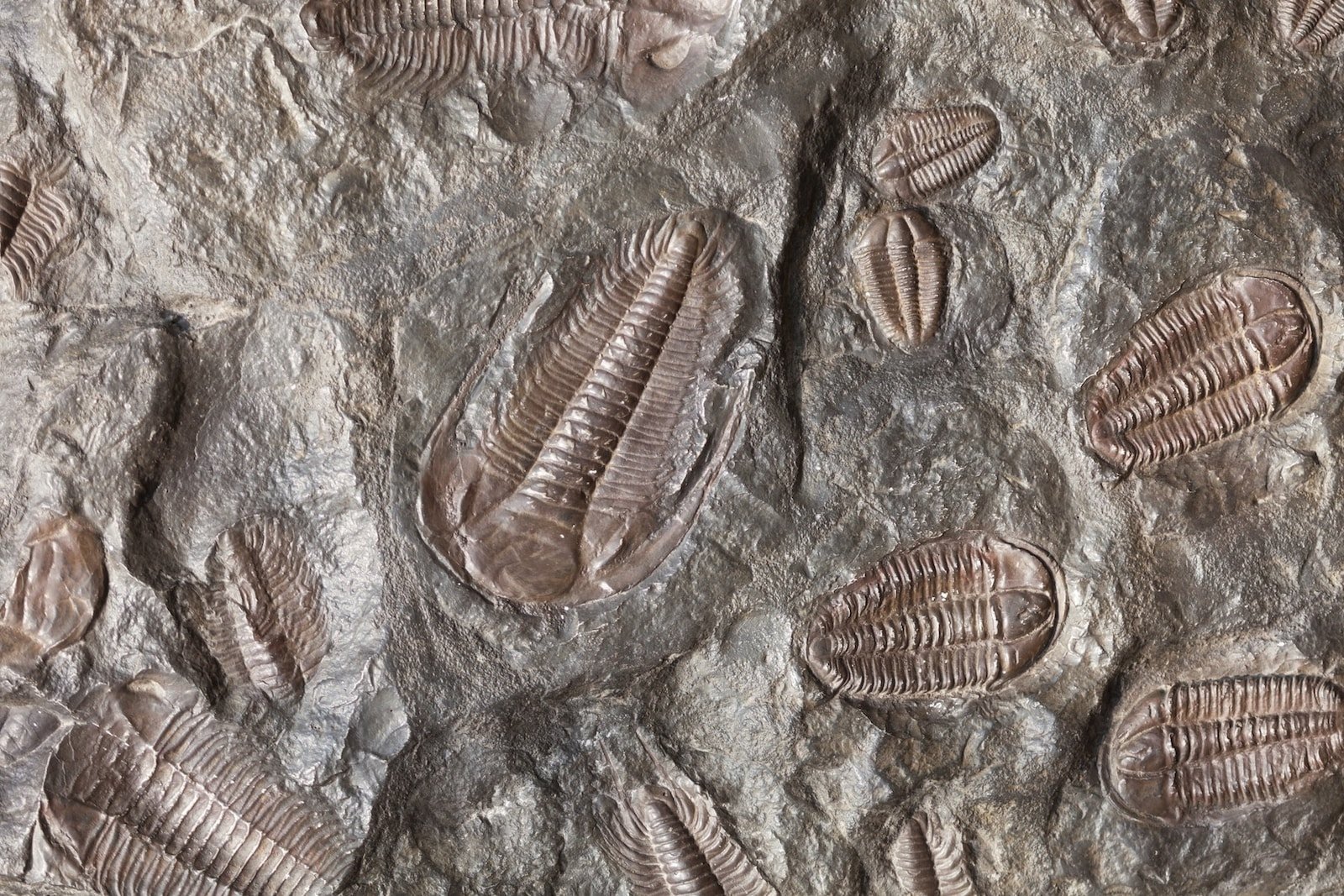Unearthing Ancient Discoveries: A Guide to Finding Fossils
Fossil hunting is a fascinating and rewarding hobby that allows us to uncover the remnants of long-extinct creatures and gain valuable insights into our planet’s history. Whether you’re a seasoned collector or a beginner, this guide will provide you with the knowledge and tools necessary to embark on your own fossil hunting adventure. From understanding the fossilization process to identifying and preserving your findings, let’s dive into the world of ancient discoveries together.

Understanding the Fossilization Process
Fossils are the preserved remains, impressions, or traces of once-living organisms that have been transformed over millions of years through a process called fossilization. Understanding this process is crucial for successful fossil hunting. Fossilization typically occurs when an organism is buried rapidly after death, preventing decomposition and allowing for the preservation of hard tissues. Through the gradual replacement of organic materials with minerals, fossils are formed. This process can take thousands or even millions of years.
Tools and Equipment Needed for Fossil Hunting
To embark on a successful fossil hunting expedition, it’s essential to have the right tools and equipment. Basic essentials include a rock hammer, chisel, safety goggles, sturdy gloves, a sturdy backpack, and a field notebook. A rock hammer is crucial for breaking apart rocks to reveal fossils, while a chisel helps in extracting delicate specimens. Safety goggles and gloves protect you from potential hazards, and a backpack keeps your equipment organized. A field notebook allows you to document your findings accurately.
Choosing the Right Fossil Hunting Location
Choosing the right fossil hunting location is key to finding fossils. Researching areas with known fossil deposits is a good starting point. Coastal cliffs, riverbeds, quarries, and exposed rock formations are often promising locations. Geologically rich areas, such as those with sedimentary rocks, are more likely to contain fossils. It’s also important to consider accessibility, permissions, and any regulations in place to ensure a legal and responsible fossil hunting experience.
Techniques for Locating Fossil-rich Areas
Locating fossil-rich areas requires a combination of observation and knowledge. Keep an eye out for exposed sedimentary rocks, as they often contain fossils. Look for visible signs such as shell fragments, imprints, or unusual rock formations. Pay attention to changes in rock color or texture, as fossils may appear different from their surrounding matrix. Additionally, examining geological maps and consulting local experts can provide valuable information on potential fossil locations.
Identifying Fossils: A Beginner’s Guide
Identifying fossils can be challenging, especially for beginners. Start by familiarizing yourself with common fossil types and their characteristics. Fossils can range from bones and teeth to shells, imprints, and even fossilized excrement. Reference books, online resources, or local museums can be helpful in identifying fossils. Look for distinctive features such as patterns, textures, or particular shapes. Be patient and don’t hesitate to seek expert advice when needed.
Preserving and Handling Fossils
Preserving and handling fossils correctly is crucial for their long-term preservation. Fossils are delicate and can easily be damaged or degraded. Avoid exposing fossils to direct sunlight or extreme temperatures, as this can cause deterioration. If a fossil is excavated, it should be carefully cleaned using soft brushes and water, without any harsh chemicals. Storing fossils in acid-free tissue or padded boxes helps prevent breakage and damage during transportation or display.
Common Fossils and Their Significance
Fossils come in various forms, and each provides unique insights into the past. Common fossils include ammonites, trilobites, brachiopods, and petrified wood. Ammonites, extinct mollusks with spiral shells, are useful for dating rocks and illustrating evolutionary patterns. Trilobites, ancient arthropods, provide valuable information about ancient marine ecosystems. Brachiopods, shell-bearing marine organisms, are abundant and help determine ancient water depths. Petrified wood, formed when wood is replaced by minerals, offers a window into ancient forests. Understanding the significance of common fossils enhances the appreciation of their scientific value.
Fossil Hunting Etiquette and Regulations
Responsible fossil hunting involves adhering to etiquette and regulations to ensure the preservation of both fossils and natural environments. Always obtain the appropriate permissions and permits before collecting fossils. Respect protected areas and never disturb cultural or archaeological sites. Avoid over-collecting and only take specimens that are legally allowed. It’s important to leave the site as you found it, filling any holes and minimizing any impact. By following these guidelines, you contribute to the preservation of fossils and their habitats.
Joining a Fossil Hunting Expedition
If you’re new to fossil hunting or want to enhance your skills, joining a fossil hunting expedition can be a rewarding experience. These expeditions are organized by experienced paleontologists and provide access to exclusive fossil-rich locations. They offer hands-on training, expert guidance, and an opportunity to learn from fellow enthusiasts. Joining a group also allows you to share your passion with like-minded individuals and foster a sense of community within the fossil hunting world.
Tips for a Successful Fossil Hunting Trip
To make the most of your fossil hunting trip, consider these tips. Plan your trip in advance, researching the location and consulting local experts for advice. Dress appropriately, considering weather conditions and terrain. Pack essential equipment, such as food, water, sunscreen, and insect repellent. Stay observant and patient, as fossils can be elusive. Document your findings, taking photographs and keeping detailed notes. Finally, enjoy the experience and the thrill of unearthing ancient treasures.
Safely Enjoying and Sharing Your Fossil Finds
Fossil hunting is a captivating pursuit that allows us to connect with the deep past and contribute to scientific knowledge. By understanding the fossilization process, using the right tools, and selecting suitable locations, we can increase our chances of finding extraordinary fossils. Proper identification, preservation, and responsible hunting practices ensure the long-term enjoyment and scientific value of our finds. So, grab your tools, explore the geological wonders around you, and embark on a journey to unravel the mysteries of our prehistoric world. Happy fossil hunting!
